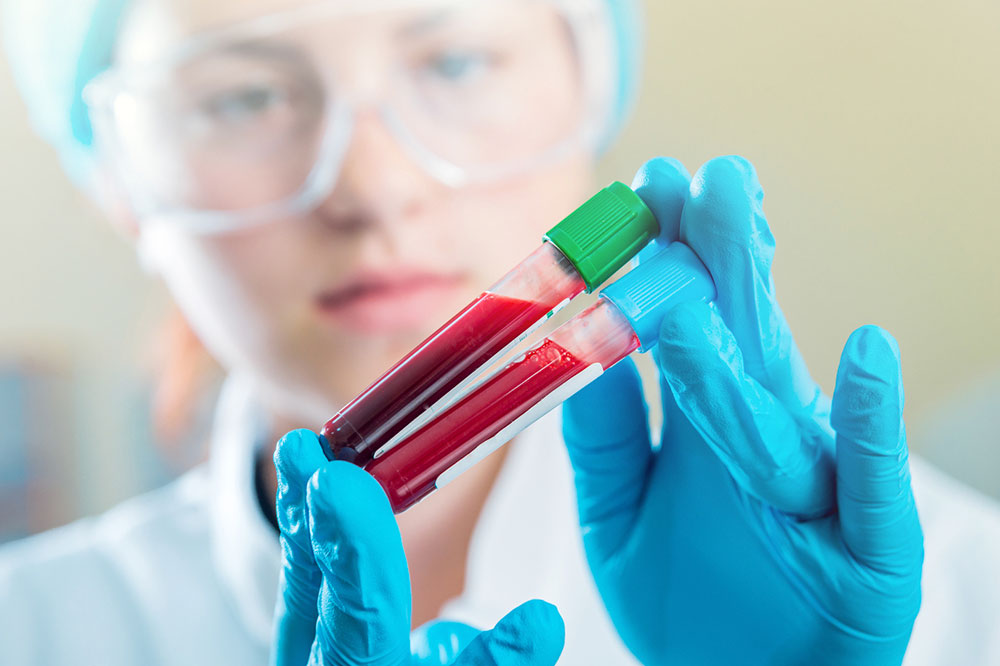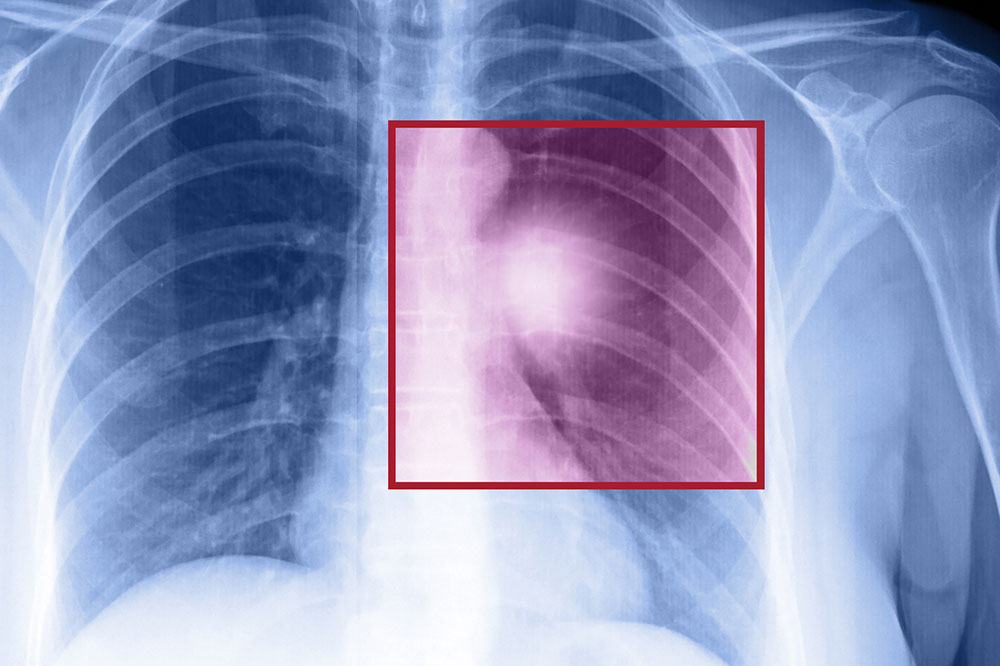Comprehensive Guide to Common Blood Disorders: Symptoms, Causes, and Prevention Strategies
This comprehensive guide explores common blood disorders such as leukemia, hematomas, and iron-deficiency anemia. It covers their symptoms, causes, risk factors, and prevention methods, providing valuable information for early detection and management. Understanding these conditions can help individuals seek timely medical attention and adopt healthier lifestyles to reduce risks, making it an essential resource for those interested in blood health and disease prevention.

Comprehensive Guide to Common Blood Disorders: Symptoms, Causes, and Prevention Strategies
Blood disorders encompass a wide array of medical conditions that affect the composition, function, and quality of blood. These include anemia, blood clotting disorders such as hemophilia, and various types of blood cancers like leukemia, lymphoma, and multiple myeloma. Understanding these conditions is essential for early detection, effective management, and prevention. This detailed guide provides an in-depth look at some of the most prevalent blood disorders, highlighting their key symptoms, underlying causes, risk factors, and preventive measures. Whether you are seeking general knowledge or specific information about these conditions, this article aims to serve as a comprehensive resource.
Leukemia is one of the most aggressive and challenging blood cancers. It originates in the bone marrow—the hematopoietic tissue responsible for producing blood cells—and involves the rapid proliferation of abnormal white blood cells. These malignant cells interfere with the production of normal blood cells, leading to anemia, immune deficiency, and bleeding issues. Recognizing leukemia symptoms early can be life-saving. Common signs include persistent fatigue and weakness, frequent infections, easy bruising, and bleeding tendencies such as nosebleeds or bleeding gums. Patients may also notice blood in urine or stool, swollen lymph nodes, unexplained weight loss, and a sudden loss of appetite. The severity and presentation of symptoms can vary depending on the leukemia type and stage.
Causes: The development of leukemia involves genetic mutations that disrupt normal cell growth and division. These mutations are often acquired due to environmental factors or random genetic errors. Exposure to high levels of radiation, certain chemicals like benzene, and previous treatments such as chemotherapy can damage the DNA in blood-forming cells. Additionally, inherited genetic syndromes and familial history can predispose individuals to leukemia.
Risk Factors: Factors increasing leukemia risk include exposure to specific viruses like human T-lymphotropic virus (HTLV), prolonged use of chemotherapy or radiation therapy, and exposure to hazardous chemicals such as benzene. People with a family history of blood cancers or genetic syndromes related to blood cell development are also at higher risk. Age is another crucial factor; leukemia incidence increases with age, although certain types are more common in children.
Hematoma refers to localized bleeding outside blood vessels, often caused by trauma or injury. The symptoms depend heavily on the size, location, and type of hematoma. For instance, hematomas in the brain (intracranial hematomas) can lead to neurological issues such as severe headache, seizures, confusion, or neurological deficits. Subdural and epidural hematomas may cause symptoms like vomiting, dizziness, loss of consciousness, and vision problems. When bleeding occurs under the nails, it results in subungual hematomas, which are characterized by painful, discolored, and brittle nails. In general, hematomas present as swelling, discoloration, tenderness, and sometimes limited mobility around the affected area.
Causes: Trauma or injury is the primary cause of hematomas. Minor bumps, falls, or blunt force trauma can damage blood vessels, leading to bleeding within tissues. Brain hematomas often result from severe head injuries, such as car accidents or falls, causing blood accumulation between the skull and brain tissue. Subungual hematomas develop when blood collects under the nail due to injury or impact.
Risk Factors: Older adults are more susceptible due to fragile blood vessels and increased risk of falls. People engaged in contact sports or high-risk activities are also prone to injury and hematomas. The use of blood-thinning medications, such as warfarin or aspirin, increases bleeding risk and the likelihood of hematoma formation. Additionally, individuals with bleeding disorders like hemophilia or thrombocytopenia are at greater risk of developing hematomas after minor injuries.
Iron-Deficiency Anemia is among the most common nutritional blood disorders worldwide. It occurs when the body lacks sufficient iron to produce hemoglobin—the protein responsible for oxygen transport in red blood cells. This deficiency leads to symptoms such as persistent fatigue, weakness, dizziness, cold hands and feet, pallor, sore or inflamed tongue, and brittle nails. Iron deficiency affects individuals across all age groups but is particularly prevalent among women during reproductive years, pregnant women, and those with poor nutrition habits.
Causes: The primary causes include inadequate dietary iron intake, chronic internal bleeding from ulcers, gastrointestinal conditions, or heavy menstrual periods. Blood loss during childbirth or menstruation significantly contributes to iron depletion. Conditions such as endometriosis or gastrointestinal cancers can cause persistent bleeding, further exacerbating iron deficiency. Poor absorption of iron due to intestinal disorders also plays a role in developing this anemia.
Risk Factors: Risk factors include being female, especially of reproductive age, pregnant or breastfeeding women, individuals with poor or restricted diets lacking iron-rich foods, and frequent blood donors. People with gastrointestinal bleeding or malabsorption syndromes are also at increased risk. Infants and young children with insufficient dietary intake are vulnerable as well.





